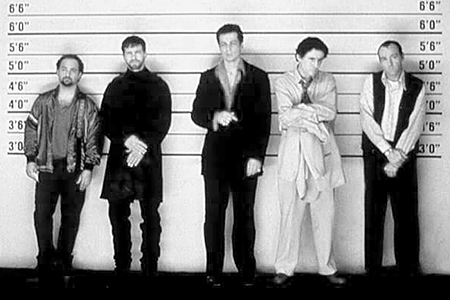
Fibers, Hair, and Trace Evidence
Quiz
on reading.
Lecture. Week 8.
If you look around the place you are now, you will see tiny fibers everywhere. On the clothes you are wearing, carpet, towels, tissue, napkins, drapes, blankets, and everything else made of natural or synthetic fibers. These fibers can become loose and transfer to other surfaces that touch them. Most fibers have an
electrical charge and readily stick to another surface or fiber with
the opposite charge, or the fibers may stick mechanically.
Recovering fibers from a crime victim can indicate what surfaces that victim was in contact with. For instance, int he Atlanta serial murder case, fibers from victims were matched to an unusual carpet in the suspect's house and car. This case was almost entirely built on fiber evidence.
A major shortcoming of fibers is that
they are typically not unique. A white cotton fiber (think of an
undershirt) is so common as to be almost useless for comparison;
however, fibers can lead to suspects and additional corroborating
evidence.
Fibers are collected by hand with tweezers, by applying the sticky side of clear tape to an object, or by vacuuming an area with a clean vacuum and special filter. We will collect fibers by hand.
In this lab, we will take samples of
various natural and synthetic fibers, examine them under the
microscope, and test them with heat to find identifying
characteristics. You will record those characteristics and then
compare your fibers to known fibers.
Reading
Assignment for THIS week:
Text, pp. 84 - 85 (Trace evidence)
Back to
Crimininal Investigation
©
Christopher Bruno